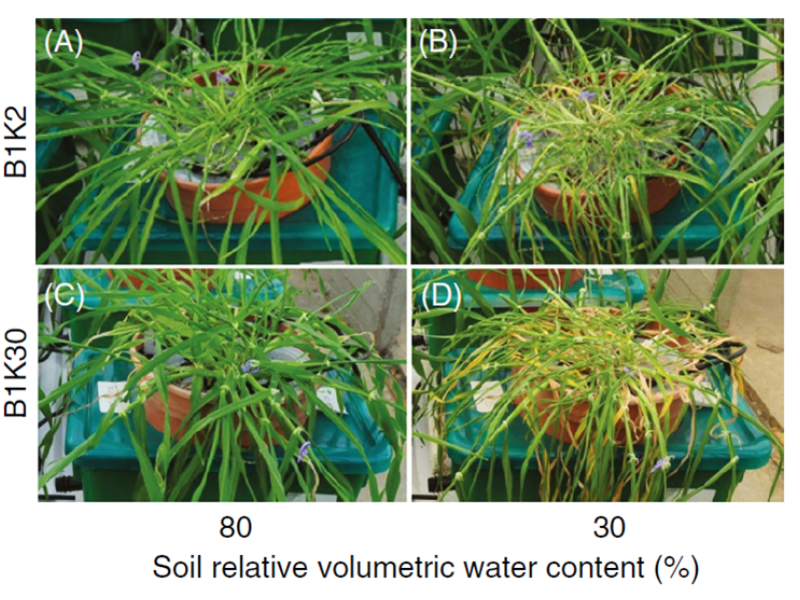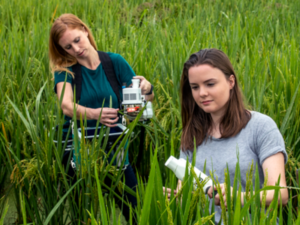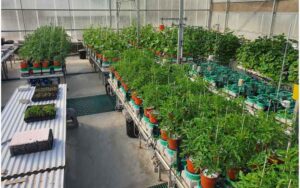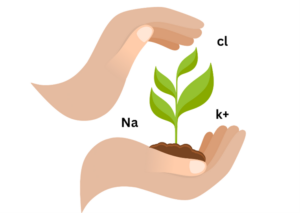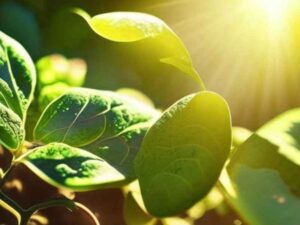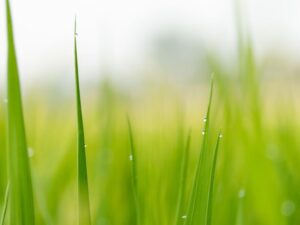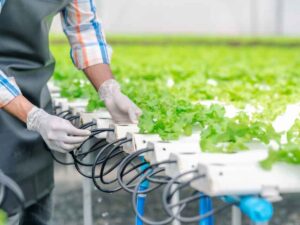Examining crop response to drought is one of the most popular experiments in plant stress physiology. This is most likely due to its importance and relevance as it pertains to global warming and concerns about food security.
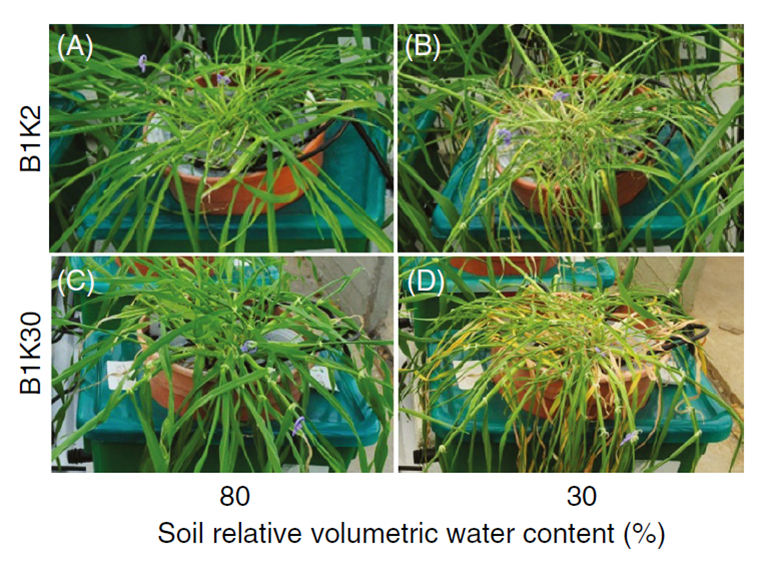
Surprisingly, despite the fact that drought experiments are so popular, our understanding of how to improve crop productivity under stress is still very limited. In fact, very few commercial drought tolerant lines are released – significantly less than lines which are disease tolerant or resistant.
Why is this so?
Perhaps it is related to the fact that drought testing of a plant is very easy to implement, just close the tap, but very difficult to analyze. The most popular experiment simply involves the selection of the healthiest looking plants as the days with no irrigation continue to pass. However, this approach reveals which plants are good survivors; NOT the good producer plants, NOT the most tolerant plants and definitely NOT the most resistant crops.
The important point to remember here is that plants lose water (via transpiration) at surprisingly high rates. Actually, a plant is capable of losing its own weight in less than a day under normal growth conditions (e.g. young tomato, 8-12 weeks old can transpire 1-2 liters of water per day!). These figures should be taken into account in the design of the experiment.
Moreover, if we expose several plants to drought (this is true of any plant), initially under relatively high soil moisture, the following occurs: plants with a slightly higher transpiration rate (say 10% more than average) will be exposed to a much faster soil water reduction rate. Consequently, they are exposed to limiting water conditions (stress) a few days earlier than the other plants. The opposite occurs with plants with a marginally lower transpiration rate – they will have fairly good soil water content for longer periods than the average plant.
That’s why screening plants by simple observation and selecting the healthier looking ones, leads us to err twice:
- We select the plants which were not (or significantly less) stressed due to their lower transpiration as they did not face the same severity of soil drought as the higher transpiring plants (we are actually comparing a different treatment!).
- We select plants which are probably less productive (transpiration is linearly correlated with yield).
Is there a solution? Indeed there is! All you need do is continuously and simultaneously measure multiple plants and their ambient conditions (soil and atmosphere). We call it Functional (Physiological) Phenotyping. It is a phenotyping technique that characterizes the plant reaction to specific environmental conditions and provides a detailed physiological profile.

Functional phenotyping can be used to COMPARATIVELY select the best performing plants under specific conditions or to better understand the biological mechanisms controlling their response. The accuracy of functional phenotyping enables the detection of small changes in specific physiological traits associated with environmental changes. The accompanying statistical analysis provides powerful tools for the selection of plants that exhibit desired behavior in relation to control plants.
Want to know more? Contact our experts.

